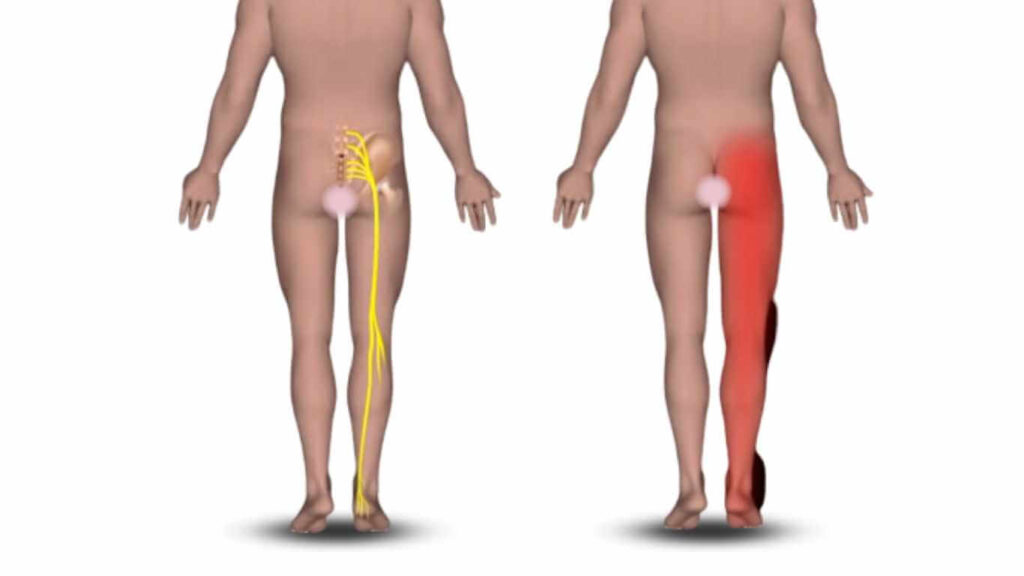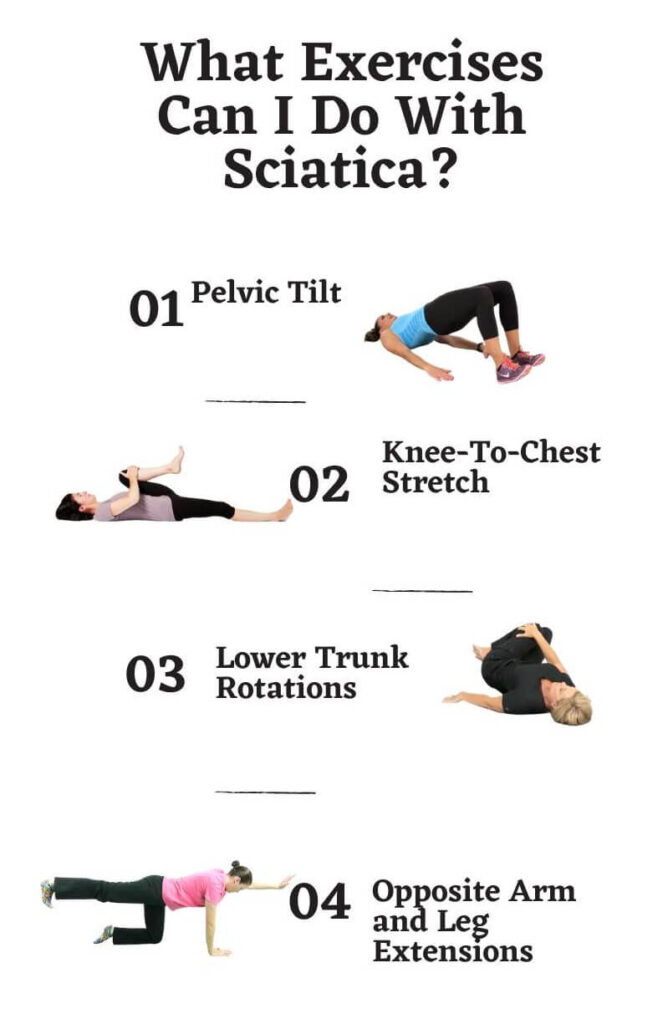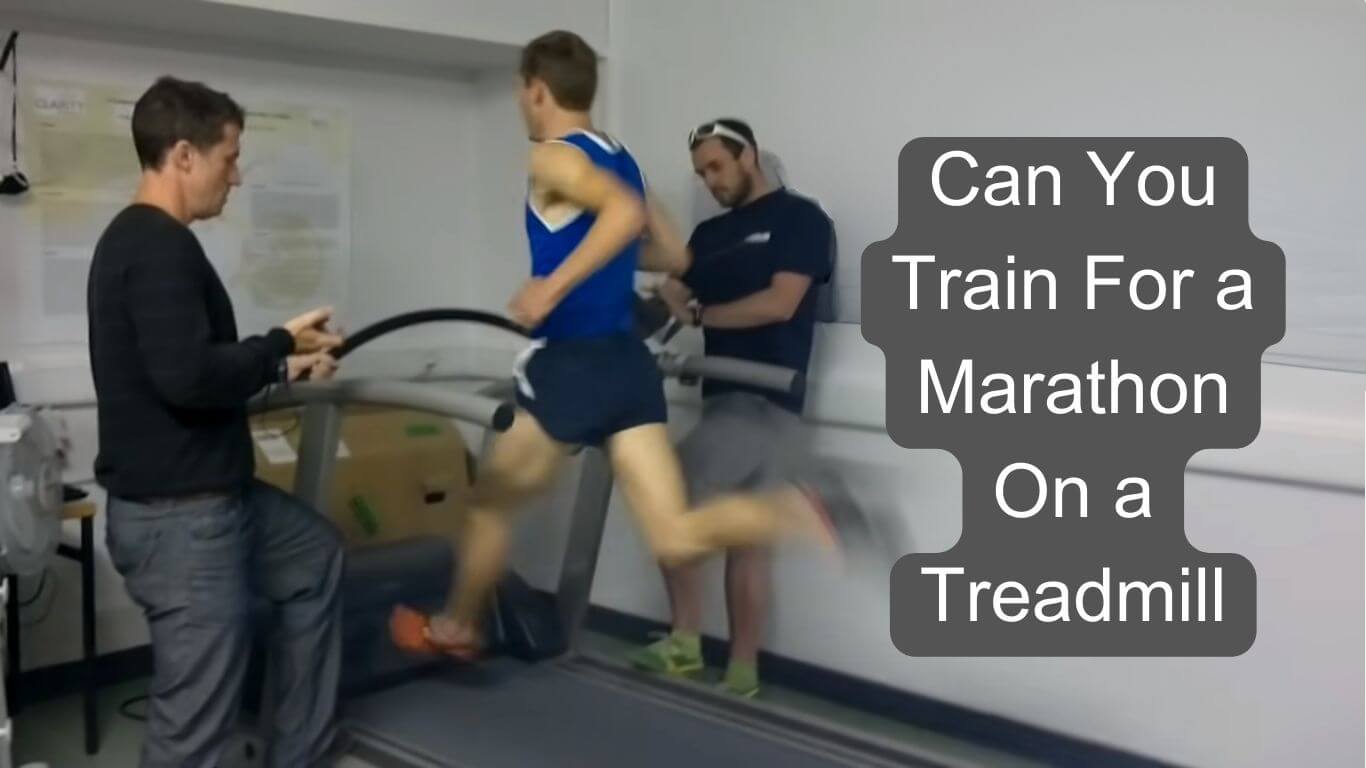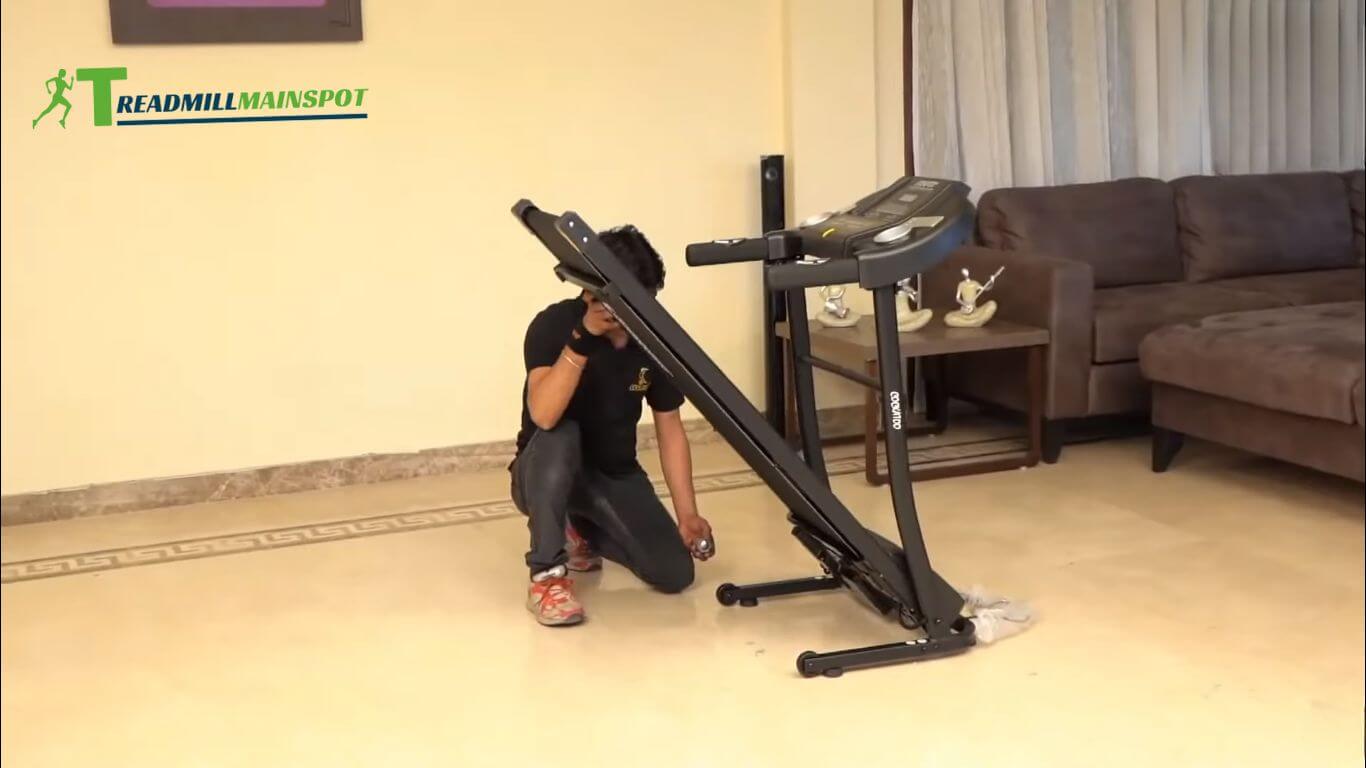Walking is a great way to stay in shape and can benefit various physical ailments, including sciatica.
Sciatica is a condition that causes pain, numbness, and tingling in the lower back, buttocks, and legs. Walking on a treadmill can be an effective way to manage sciatica symptoms and reduce pain.
In this blog, we will explore the benefits of walking on the best treadmill for sciatica and how to get started.
What’s Sciatica?

Sciatica is a term that is used to describe pain that is felt in the lower back and buttocks. Compression of the sciatic nerve often causes sciatica. Sciatica can be debilitating and affect your ability to walk and move.
The most common cause of sciatica is an injury or strain to the back, but a problem can also cause it in the spine.
Is Walking On a Treadmill Good For Sciatica?
The efficacy of walking on a treadmill for sciatica is still unknown.
However, some experts believe walking on a treadmill may be beneficial for people with sciatica as it can help improve blood flow and reduce inflammation.
For many people with sciatica, the pain results from muscles or ligaments irritated by pressure from a nerve root or two. The most common cause of sciatica is herniated discs.
In some cases, the pain is caused by inflammation of nerves, which is called neuropathy.
How Long Should I Walk On a Treadmill With Sciatica?
For those with sciatica, it’s best to start with short walks on the treadmill for 10-15 minutes. This will give your body time to adjust to the movement and help reduce the pain.
Make sure to stay at a comfortable pace and keep your posture upright. As your body adjusts, you can gradually increase the time and intensity of your walks. It’s also important to take breaks throughout your walk.
Stop and take a break if you start to feel any pain or discomfort. This will give your body time to rest and recover.
Signs You Must Notice
If you are experiencing pain in your lower back, buttocks, or legs, it is crucial to be aware of the signs of sciatica. Knowing the symptoms can help you get the treatment you need to relieve your pain and get back to your normal lifestyle.
1. Pain in The Lower Back and Legs: The most common symptom of sciatica is pain in the lower back and legs. This pain may be sharp, shooting, or burning and can range from mild to severe. It is often worse when sitting or standing for long periods and may be accompanied by numbness or tingling.
2. Pain That Radiates Down the Leg: One of the main symptoms of sciatica is pain that radiates down the leg.
This pain may be felt in the back of the thigh, the calf, or the foot. This pain may be worse when bending or straightening the leg.
3. Weakness or Numbness in the Leg: In addition to pain, sciatica can cause weakness or numbness in the leg. This can make it difficult to move the leg or to stand on it. A tingling sensation often accompanies this symptom.
4. Difficulty Moving the Leg: If you are experiencing difficulty moving your leg, this could be a sign of sciatica. This symptom is often worse when bending or straightening the leg.
5. Pain When Sitting: Sitting can often make sciatica pain worse. If you experience pain when sitting, this could signify that you are suffering from sciatica.
6. Pain When Coughing or Sneezing: Sciatica can also cause pain when coughing or sneezing. This pain is often worse when sitting or standing for long periods.
If you are experiencing any of these symptoms, you must see your doctor as soon as possible.
4 Common Treatment Options For Sciatica
Whether you are looking for relief from sciatica pain or want to find ways to prevent it from happening in the first place, these treatment options may be the answer.
Physical Therapy

Physical therapy is one of the most common treatment options for sciatica.
A physical therapist can provide you with exercises to help improve the strength and flexibility of your muscles, as well as teach you ways to reduce the pressure on your sciatic nerve.
They will also work with you to help manage your pain and may also suggest stretching techniques or other forms of therapeutic methods.
Hot and Cold Therapy
Hot and cold therapy are two other treatment methods for sciatica.
Hot packs can reduce stiffness and increase blood flow to the affected area, while cold packs can reduce inflammation and pain. Alternating between the two can provide relief from sciatica symptoms.
Medications
Medications can reduce pain, inflammation, and muscle spasms associated with sciatica. Nonsteroidal anti-inflammatory drugs (NSAIDs), such as ibuprofen and naproxen, are commonly prescribed for sciatica.
These medications can help to reduce swelling, stiffness, and pain, as well as improve mobility.
Epidural Steroid Injections
In some cases, epidural steroid injections may be recommended.
These injections are administered directly into the epidural space in the spine and can be used to reduce inflammation in the area, thus reducing your sciatica symptoms.
What Exercises Can I Do With Sciatica?
These four exercises can help to reduce sciatica pain and improve your overall health.

- Pelvic Tilt
The first exercise to try if you have sciatica is the pelvic tilt. This exercise involves lying on your back on a flat surface and then gently tilting your pelvis up and down.
This helps to reduce compression of the sciatic nerve, improving your pain and mobility.
- Knee-To-Chest Stretch
Another exercise to try is the knee-to-chest stretch. This exercise involves lying on your back and gently bring one knee to your chest while keeping your other leg straight.
This stretch helps to reduce compression of the sciatic nerve and improve flexibility in the hips and lower back. We recommend the best treadmill for knee pain.
- Lower Trunk Rotations
Lower trunk rotations are another excellent exercise for sciatica.
This exercise involves lying on your back and slowly rotating your knees from side to side. This helps to reduce compression and tension in the lower back and improve flexibility.
- Opposite Arm and Leg Extensions
Finally, all four opposite arm and leg extensions are excellent exercises to help reduce sciatica pain and improve overall health.
This exercise involves getting down on all fours and extending one arm and the opposite leg, repeating the same motion with the other arm and leg.
This helps to reduce compression of the sciatic nerve and improve mobility in the lower body.
How to Walk With Sciatica Pain?

Here are some tips for walking on with sciatica pain.
Stretch your muscles. Stretching your muscles can help reduce the pressure on the sciatic nerve, which can help alleviate sciatica pain. Gentle stretches like hip flexor, hamstring, and calf stretches can help ease the tension in the sciatic nerve.
Take short walks. It can be hard to stay active when dealing with sciatica pain. Short walks can help you manage your pain and keep your body moving. Start with a few minutes at a time and work up to longer walks as your pain improves.
Wear the right shoes. Wearing shoes with good cushioning and support can help reduce pressure on the sciatic nerve and reduce sciatica pain. Look for shoes with shock-absorbent soles, arch support, and plenty of cushioning.
Can Excessive Walking Cause Sciatica?
Walking too much can cause sciatica, as it can cause nerve compression in the lower back.
This can lead to pain that radiates down the leg.
To get rid of sciatica pain, you need to identify the source of the pain and remove it. You can eliminate stressors, improve your posture, stretch, and use proper body mechanics.
How Much Walking is Good For Sciatica?
Generally speaking, the Pain Doctor recommends at least 30 minutes of moderate-intensity exercise each day, such as walking. This is typically done at a brisk pace of three miles per hour (one mile every 20 minutes).
However, if you are experiencing sciatica pain, you must check with your doctor or physical therapist to determine the best walking regimen.
Depending on your condition, your doctor may recommend walking at a slower pace for a shorter time.
Activities to Avoid With Sciatic Pain!
List the activities to avoid with sciatic pain:
- Sitting for long periods of time
- Wearing tight, restrictive clothing
- Putting too much pressure on the sciatic nerve
- Exercising too vigorously
- Taking medications that can cause nerve pain
Frequently Asked Questions
Can too much walking make sciatica worse?
There is no evidence that walking excessively will make sciatica worse. However, if you have sciatica, you should avoid walking on hard surfaces, as this can aggravate the pain.
Can treadmills trigger sciatica?
Sciatica is a condition that can cause leg pain. While it’s often associated with disc disease or other back problems, it can occur without any problems in your back. If you’re experiencing leg pain, talk to your doctor about what could be causing it.
How do I get rid of sciatica permanently?
One of the treatments that have been suggested includes – Physical therapy: This may help to improve the range of motion in the lower back and relieves pressure on the sciatic nerve.
Is climbing stairs good for sciatica?
Some people find that stairs can be helpful in reducing tension in the sciatic nerve, while others find that stairs can aggravate their sciatica symptoms.
What activity can make sciatic nerve pain worse?
Sciatic nerve pain can be worsened by a number of different activities, including: – Sitting in a position that is uncomfortable – Walking on uneven or sharp surfaces – Pushing, pulling, or reaching overhead.
Wrapping Up!
Walking on a treadmill can benefit those suffering from sciatica as it can reduce pain and inflammation, improve overall circulation, and strengthen the spine’s muscles.
However, it is important to consult a doctor before engaging in any exercise program to ensure it is safe for your condition.
With the proper guidance, walking on a treadmill can be an effective way to manage sciatica pain and improve overall health.



